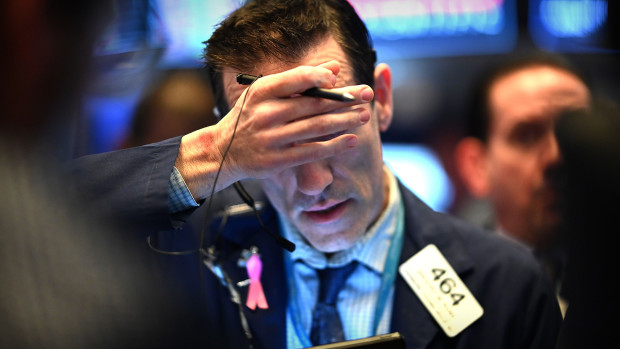
The U.S. Bureau of Labor Statistics relies on the Job Openings and Labor Turnover Survey (JOLTS) to clarify the broader U.S. job openings picture – how many jobs are available each month, how many workers lost jobs, and how many workers were hired, among other employment data points.
Now the latest JOLTS data points to a “more of the same” landscape for the U.S. economy, with job openings falling to 8.8 million against expectations of approximately 9.4 million.
“As the data is coming in, we’re just starting to figure out things are getting tighter,” says David Stryzewski, founder of Kirkland, Wash.-based Sound Planning Group in an August 29 interview with TheStreet.com.
Historically, unemployment is the last market cycle to occur in periods of economic contraction and it’s typical for the economy to bottom in unemployment after a recession has occurred, Stryzewski noted. “Yet we haven't even officially been in a recession, so to say unemployment should be here in a recessed way is not correct as it's not it's not there yet,” he said.
Another wrinkle in the U.S. recovery plan is that Federal Reserve Chair Jerome Powell will likely be more “restrictive” in addressing U.S. economic policy due to JOLTS instability.
"(The federal government) has had to revise employment numbers down 44,200 — that's how much they've missed,” Stryzewski said. "So there's been fewer jobs than they've actually declared."
Meanwhile, U.S. companies are in a holding pattern where they’re holding on to staffers longer and hiring fewer new job candidates, which is leading to “natural attrition” in the U.S. market. Right now, profit margins “are becoming more compressed, especially with the cost of capital being so high,” Stryzewski noted.
The end result? More inflation-fighting rate hikes and more pressure on the fixed-income market as corporate debt rates rise as firms are forced to borrow cash at a more expensive cost.
“Bonds are in for some significant challenges in the days ahead because we have so many different headwind risks right now,” Stryzewski says. “The Fed is going to have to raise several more times and we're about to see inflation start to tick up.”
That’s not good news for inflation-weary consumers. In Washington State, where Stryzewski lives, consumers face some of the highest gas prices in the nation.
“I paid $5.19 for regular gasoline recently and you have to ask how the average family keeps going, with unemployment climbing and wage inflation is very real,” he added. “Consequently, I think there's going to be a reset in the labor market and in the larger economy.”







